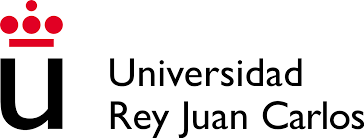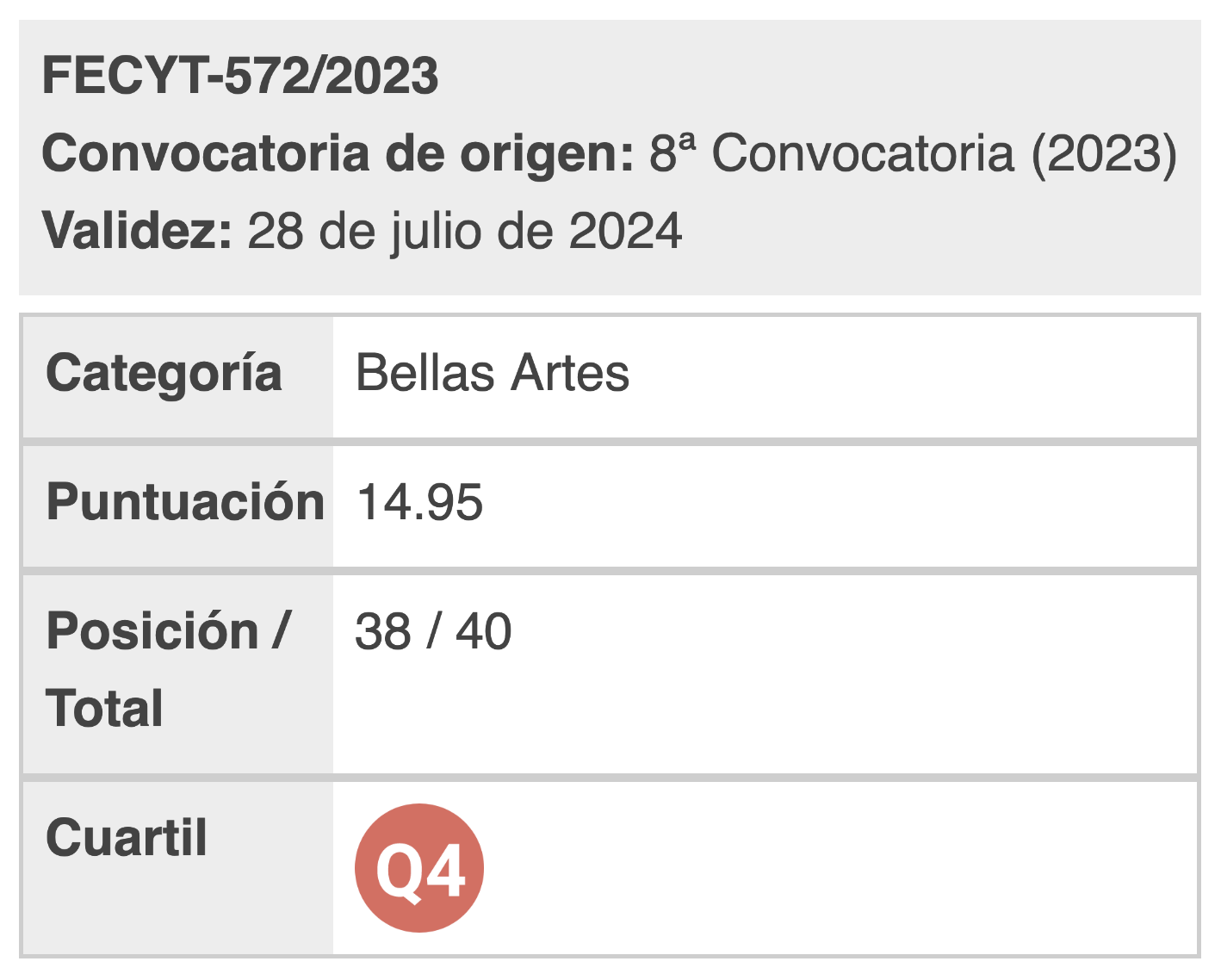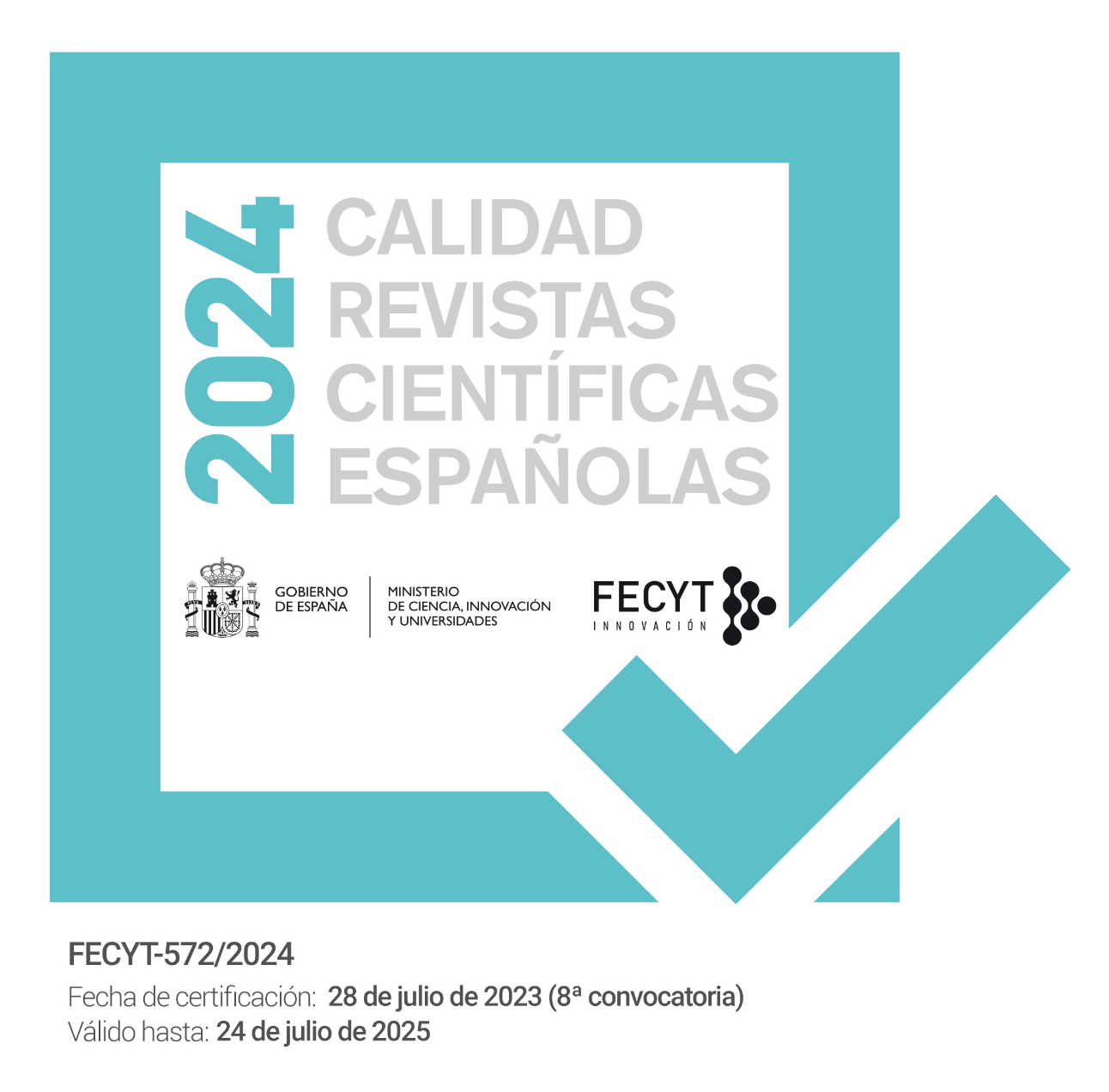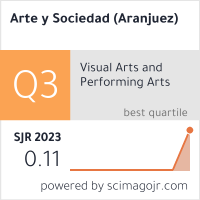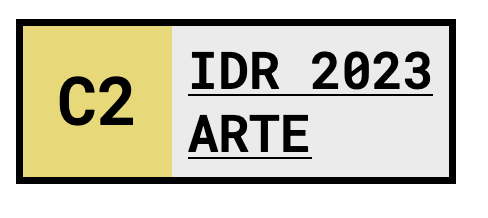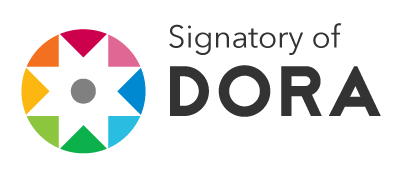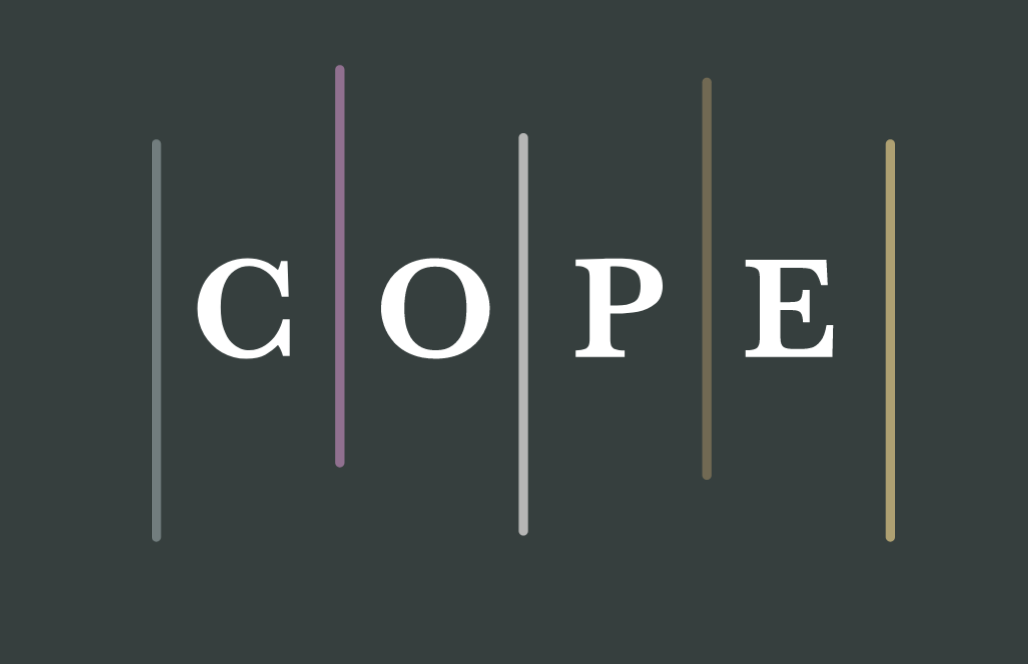Pablo Picasso's first incursions into The New Technologies of The Early Twentieth Century: The Barcelona Napoleon Cinimatograph as paradigm
DOI:
https://doi.org/10.5281/zenodo.7644542Keywords:
Pablo Picasso, Napoleon Cinematographer, Cinema, New Technologies, CubismAbstract
Throughout this article we will approach Pablo Picasso's first forays into new technologies at the beginning of the 20th century. As a representative example of these new technological methods of the time, we will analyze the relationship that was established between Pablo Picasso and cinema, through the specific study of the links that were established between the artist and Cinematographer Napoleon of Barcelona, during his youth. From here, we will assess what degree of influence the cinema had on the early work of Pablo Picasso by comparing various data and testimonies collected from authors such as Roland Penrose, Pierre Cabanne, Pierre Daix, Palau i Fabre or John Richardson, among others. , which point out relevant connections between certain films shown in Barcelona during the first years of the 20th century at the Cinematografía Napoleón and some works by Picasso made in the same period.
References
B. Rose, Bernice. (2007.) Picasso Braque and early film in cubism. Nueva York: PaceWildenstein.
Cabanne, Pierre. El siglo de Picasso. I (1881-1912). 1982a. El nacimiento del Cubismo. Madrid: Ministerio de Cultura.
Cabanne, Pierre. 1982b. El siglo de Picasso. II (1912-1937). 1982b. Las metamorfosis. Madrid: Ministerio de Cultura.
Daix, Pierre. (1991). Diario del cubismo. Barcelona: Ediciones Destino S. A.
Fernández Cuenca, Carlos. (1971). Picasso en el cine también. Madrid: Editorial Nacional.
Gómez, Agustín. (2011). Picasso: cine y arte. Málaga: Fundación Pablo Ruiz Picasso y Ayuntamiento de Málaga.
González, Palmira. (1995). “La llegada del cine a Barcelona y las primeras salas de proyecciones (1896-1900)”. De arte Nº 21: 37-55.
https://raco.cat/index.php/Dart/article/view/100443/0 [Acceso 15/04/2020]
González, Palmira. (2001). “Los quince primeros años del cine en Cataluña”. Artigrama: Revista del Departamento de Historia del Arte de la Universidad de Zaragoza Nº16: 39-74. http://www.unizar.es/artigrama/html_sum/16.html [Acceso 12/04/2020]
González, Palmira. (2005). Los inicios del cine en España (1896- 1909). La llegada del cine, su expansión y primeras producciones. Madrid: Liceus.
I Badia, Miquel. (1896). “De Daguerre al cinematógrafo”. En “La llegada del cine a Barcelona y las primeras salas de proyecciones (1896-1900)”. De arte Nº 21: 37-55.
https://raco.cat/index.php/Dart/article/view/100443/0 [Acceso 15/04/2020]
Palau i Fabre, Josep. (1980). Picasso Vivo.1881-1917. Barcelona: Ediciones Polígrafa.
Palau i Fabre, Josep. (1990). Picasso Cubismo.1907-107. Barcelona: Ediciones Polígrafa.
Ramallo, Germán. “Algunos paralelos entre el cinematógrafo y la obra de Picasso. El Guernica y la luz cinética”. En El Arte Español del Siglo XX. Su perspectiva al final del milenio, 529-544. Madrid: Departamento de Historia del Arte “Diego Velázquez”. Instituto de Historia, CSIC.
Richardson, John. (1991). Una biografía, Vol. I. 1881 -1906. Madrid: Alianza Editorial.
Richardson, John. (1997). Una biografía, Vol. II. 1907 -1914. Madrid: Alianza Editorial.
Richardson, John. (2001). El aprendiz de brujo. Madrid: Alianza Editorial.
Staller, Natasha. (1989). “Méliès ‘Fantastic’ Cinema and the Origins of Cubism”. Art History Nº 12: 202-232.
https://onlinelibrary.wiley.com/doi/epdf/10.1111/j.1467-8365.1989.tb00350.x
[Acceso 12/04/2020]
Staller, Natasha. (2001). A sum of destructions. Picasso´s cultures and the creation of cubism. New Haven and London. Yale University Press.
https://pablo-picasso.space/periodos-de-picasso/picasso-periodo-cabaret/
[Acceso 11/04/2020]
https://elpais.com/cultura/2015/03/19/actualidad/1426790246_833183.html
[Acceso 11/04/2020]
http://lartnouveau.com/belle_epoque/paris_expo_1900.htm
[Acceso 11/04/2020]
http://angarmegia.wikidot.com/mc-expo-electricidad-cine
[Acceso 12/04/2020]
[Acceso 15/04/2020]

Published
How to Cite
Issue
Section
License

This work is licensed under a Creative Commons Attribution 4.0 International License.
You are free to:
Share — copy and redistribute the material in any medium or format.
Adapt — remix, transform, and build on the material for any purpose, including commercial.
Attribution — You must properly acknowledge the authorship, provide a link to the license, and indicate if any changes have been made.
You may do so in any reasonable manner, but not in any way that suggests that you endorse or receive any endorsement by the licensor for your use.
No additional restrictions — You may not apply legal terms or technological measures that legally restrict you from doing what the license allows.

